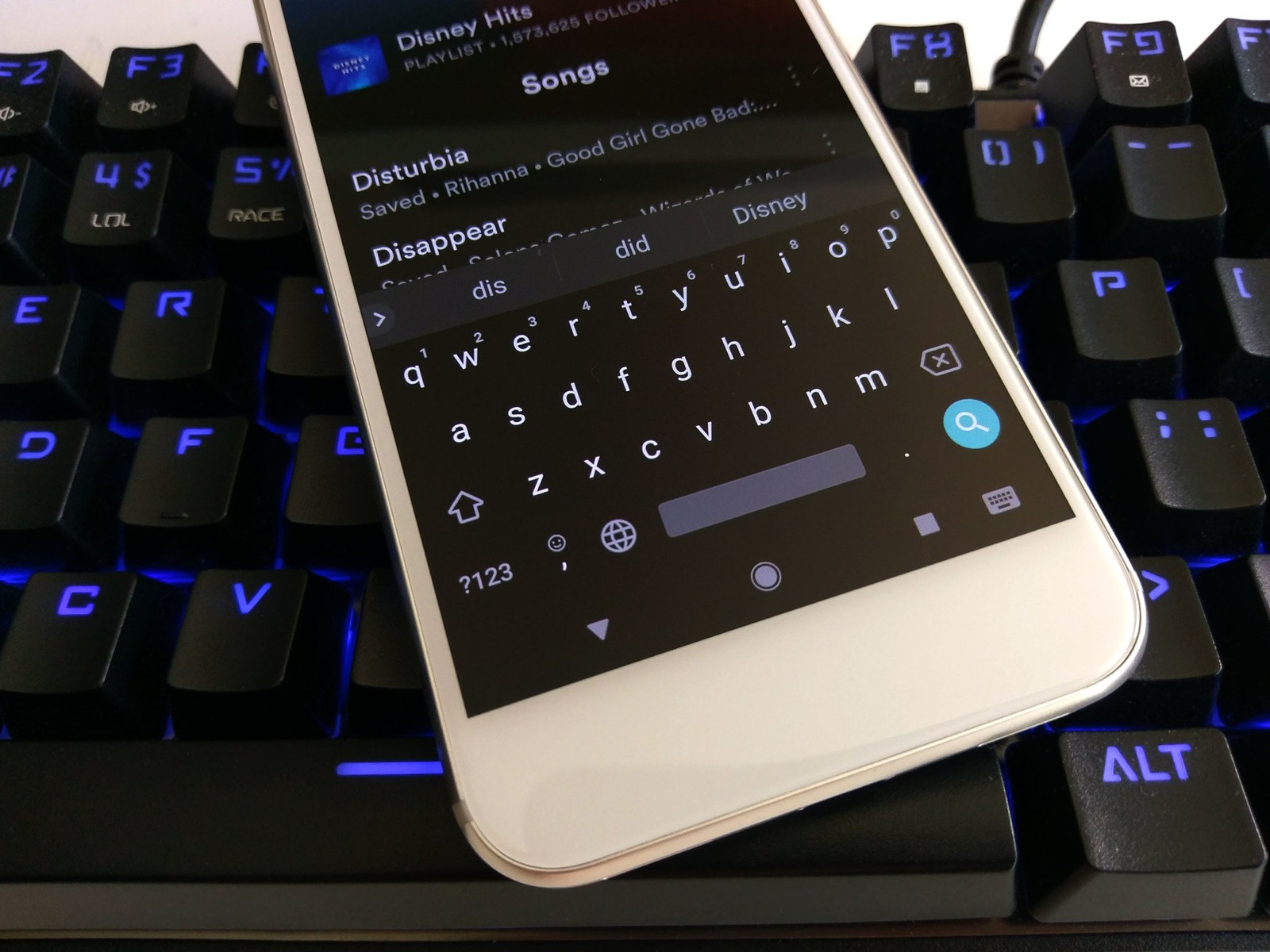Android is one of the most widely used mobile operating systems in the world, with a market share of over 70%. It has become an integral part of our daily lives, powering a wide range of devices, including smartphones, tablets, smartwatches, and more. But Android’s journey to becoming the world’s most popular mobile operating system was not an easy one. In this article, we’ll take a look back at the history of Android, tracing its evolution from a small startup to a global phenomenon.

Android’s history dates back to 2003 when a group of developers founded Android Inc. with the aim of creating an operating system for digital cameras. However, the company soon shifted its focus to mobile phones, and in 2005, it was acquired by Google. Since then, Android has grown at an incredible pace, with frequent updates and new features added to the operating system. Today, Android is more than just a mobile operating system. It has become a platform for innovation, powering cutting-edge technologies like artificial intelligence, machine learning, and augmented reality.
In this article, we’ll dive into the history of Android, exploring how it has evolved over the years and the impact it has had on the world of mobile technology. We’ll take a look at the key milestones in Android’s journey, from the release of the first Android smartphone to the latest version of the operating system. Whether you’re an Android user, developer, or just someone interested in the history of technology, this article is for you.
Early Days of Android
Android, the most widely used operating system in the world, was first introduced in 2008. The development of the first version of Android began in 2003 by Andy Rubin, Rich Miner, Chris White, and Nick Sears. They founded Android Inc. in Palo Alto, California, to develop an operating system for digital cameras. However, after realizing the potential of smartphones, they shifted their focus towards developing an operating system for mobile phones. In September 2008, the first commercial version of Android, Android 1.0, was released, which included features such as a web browser, email support, Google Maps, and a camera app.
The first Android device was the HTC Dream, also known as the T-Mobile G1, which was released in 2008. The device featured a sliding keyboard and a 3.2-inch touch screen display. The HTC Dream was the first device to showcase Android’s capabilities, such as its customizable home screen, notification system, and access to Google services. The device was a hit, and it paved the way for the many Android devices that followed.
Android’s Growth
Android’s growth as a mobile operating system has been nothing short of phenomenal. According to StatCounter, as of January 2023, Android’s global market share stands at 72.7%, making it the most widely used operating system in the world. The growth of Android can be attributed to several factors, including its open-source nature, customization options, and availability across a wide range of devices.
Google acquired Android Inc. in 2005 and has been the driving force behind the development of the operating system since then. Google’s investment in Android has helped to grow the ecosystem by making the operating system freely available to device manufacturers, which has resulted in a wide range of devices with varying specifications and price points. In addition, Google has provided developers with a robust set of tools and resources to build and distribute Android apps, which has resulted in a vast app ecosystem that offers users a wide range of choices.

Major Android Updates
Android has undergone major updates over the years, each one bringing significant changes to the user experience. One of the most notable updates was the release of Android 4.0, also known as Ice Cream Sandwich, which introduced a new user interface and support for larger screens. Another significant update was Android 5.0, or Lollipop, which featured a redesigned interface called Material Design and introduced the ART runtime, making the system faster and more efficient.
Android 7.0, or Nougat, brought new features such as split-screen multitasking and a revamped notification system, while Android 10 introduced a system-wide dark mode, improved gesture navigation, and privacy features such as location permission controls. The latest major update, Android 11, focused on improving messaging and communication features, device controls, and privacy.
These updates have had a significant impact on the user experience, making Android more intuitive, faster, and more secure. They have also pushed Android devices to the forefront of mobile technology, with new features and capabilities that keep users engaged and excited about the platform.
Android Today
Today, Android dominates the mobile operating system market, with over 80% market share worldwide. Android devices are manufactured by a wide range of companies, from Samsung and Google to smaller, more niche manufacturers. The latest Android devices feature powerful hardware, high-resolution displays, and advanced camera systems that rival standalone digital cameras.
In addition to smartphones and tablets, Android is also powering a growing number of other devices, such as smartwatches, smart TVs, and even cars. This versatility has made Android a powerful force in the technology industry, with the potential to shape the way we interact with our devices and the world around us.
Looking to the future, Android is likely to continue evolving and expanding its capabilities, with new features and technologies that will keep users engaged and excited about the platform. Whether it’s through advancements in artificial intelligence, the Internet of Things, or other emerging technologies, Android is poised to remain at the forefront of innovation in the mobile industry.

Conclusion
In conclusion, the history of Android is one of innovation, growth, and evolution. From its early days as a simple operating system to the powerful and feature-rich platform it is today, Android has proven to be a major player in the world of mobile devices. Through strategic partnerships and continuous improvements, Google has been able to make Android a reliable and flexible operating system for a variety of devices.
Moving forward, the future of Android looks bright. With the rise of new technologies such as 5G and artificial intelligence, Android is well-positioned to continue its growth and development. As more and more devices become connected to the internet, the importance of a reliable and adaptable operating system like Android will only increase. As such, it will be interesting to see how Android continues to evolve in the years to come, and what impact it will have on the mobile device market.




Add comment